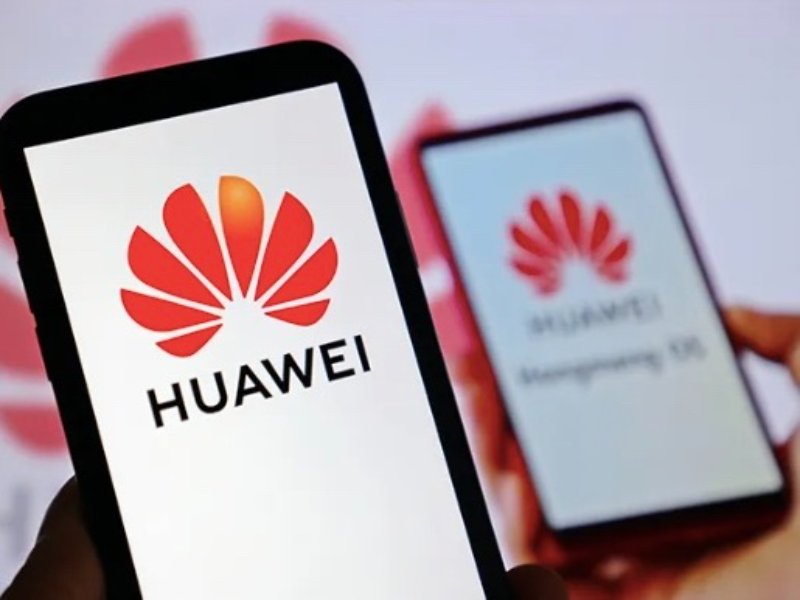- Huawei and Ericsson gained revenue share in 2024
- The global RAN market declined for the second consecutive year
What happened: RAN market faces challenges despite gains for key players
According to Dell’Oro Group’s latest report, the global Radio Access Network (RAN) market declined by nearly $9 billion in 2024 compared to its 2021 peak. While market conditions improved outside China, overall growth remained weak.
Revenue rankings among RAN suppliers remained unchanged, with Huawei, Ericsson, Nokia, ZTE, and Samsung leading the global market. However, Huawei and Ericsson increased their revenue shares, while Nokia, Samsung, and ZTE experienced declines. Outside China, the top suppliers were Ericsson, Nokia, Huawei, Samsung, and ZTE.
Dell’Oro Group noted that regional coverage imbalances and monetisation challenges persist. Despite the downturn, the long-term forecast remains stable, with a 0% compound annual growth rate (CAGR) over the next five years. The short-term outlook suggests a stable RAN market in 2025, with moderate growth expected outside China as conditions improve in North America and Asia-Pacific (excluding China).
Also read: Huawei launches AI-centric 5.5G solutions at MWC 2025
Also read: Huawei champions gender equality in STEM in Kenya
Why it’s important
The global RAN market plays a crucial role in mobile network infrastructure, supporting the expansion of 5G networks, LTE, and next-generation wireless technologies. The continued decline in revenue reflects slower investment cycles, regional economic factors, and uncertainty in network capacity upgrades.
Huawei and Ericsson’s increased revenue shares indicate shifting competitive dynamics, particularly in markets outside China. However, the lack of overall market growth suggests that operators are hesitant to invest heavily in new deployments. The downturn is notable as it marks the steepest annual decline in over 20 years for the RAN sector.
Dell’Oro’s forecast suggests stability in 2025, but with minimal long-term growth. The report highlights challenges in monetising network upgrades, a key factor influencing investment decisions for telecom operators. With 5G expansion continuing, the role of RAN innovations, Open RAN, and vRAN will be closely watched in the coming years.

